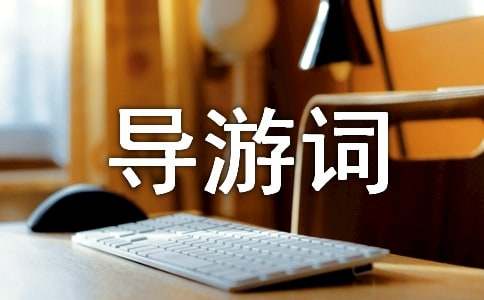- 相關(guān)推薦
湖南-長(zhǎng)沙馬王堆漢墓遺址英文導(dǎo)游詞
From 1972 to early 1974, Chinese archaeological workers excavated three tombs of the Western Han Dynasty at Mawangdui and achieved tremendous results which attracted attention at home and abroad. The more than3,000 cultural relics and a well-preserved female corpse unearthed from the tombs are of great value in studying the politics, economy, military, affairs, culture, science and technology of the early Western Han period.
Mawangdui is located in the eastern outskirts of Changsha, about four kilometers from the center of the city. For centuries it was said that King Mayin of Chu of the Five Dynasties period was buried here and hence the name “Mawangdui”. Formerly there were two earthen mounds closely linked together in the shape of a horse saddle, thus it also called “Maandui”. In some historical documents it was called “Erfeimu”, and “Shuangnvfen”. It was said that Lady Tang, the mother of Liufa, Prince Din of Changsha in the early Han, and another imperial concubine, Lady Cheng, were buried here. Yet another record said that these were the tombs of Prince Liufa and his mother Lady Tang.
The opinions about who was buried here varied widely and the truth did not come out until the excavations began in 1792. It turned out that there were three tombs at Mawangdui. The eastern mound was known as Tomb No.1, and the western mound as Tomb No.2. The third Tomb was located to the south of Tomb No.1 and covered up by the sealing soil of the latter so there was no visible trace of its existence. The three seals unearthed from Tomb No.2 “Chancellor to the prince of Changsha”, “State the Marquis of the Dai”, and “Licang” indicate that Mawangdui was the burial ground of Licang, chancellor to the prince of Changsha Stare and Marquis of Dai in the early Western Han dynasty, and his family. The historical records give Licang‘s death as occurring in the second year of the reign of Empress Dowager Liu. He occupant in Tom No.3 is believed to be his son. Unearthed form the tomb was a wooden tablet inscribed with the burial date.
After careful textual research this was identified as the twelfth year of the reign of the Han emperor Wen Di. The corpse in Tomb No.1 is that of Licang‘s wife, whose personal name, according to an unearthed seal, was Xingzhui. A study of the stratigraphical relation of the tombs and the burial objects led to conclusion that Tomb No.1 date from about the sixth decade of the second century B.C, a little later than Tomb No.3.
The three Han tombs were immense. Tomb No.1 preserved very well. Tomb No.2 the coffins were mostly rotted. Most of the funeral objects were damaged and the corpse was totally decomposed because the tomb had been robbed in the past. The construction of Tomb No.3 remained that of Tomb No.1 but it was slightly smaller in size and there were only three steps at the mouth of the pit. There were three coffins in the wooden chamber but only a skeleton remained in the in the innermost coffin because the sealing was not tight enough. The funeral objects unearthed are abundant. There are paintings, books, maps, weapons, musical instrument, silk fabrics and so on. Both the innermost coffins of tombs No.1 and No.3 were covered by a T-shaped.
本作文共2頁(yè),當(dāng)前在第1頁(yè) 1 2
【湖南-長(zhǎng)沙馬王堆漢墓遺址英文導(dǎo)游詞】相關(guān)文章:
長(zhǎng)沙景區(qū)英文導(dǎo)游詞01-13
湖南-韶山英文導(dǎo)游詞08-09
滿(mǎn)城漢墓導(dǎo)游詞12-16
湖南-南岳大廟英文導(dǎo)游詞08-09
世界遺址導(dǎo)游詞11-30
半坡遺址導(dǎo)游詞06-09
介紹江蘇龜山漢墓的導(dǎo)游詞范文08-26
北京人遺址英文介紹08-09